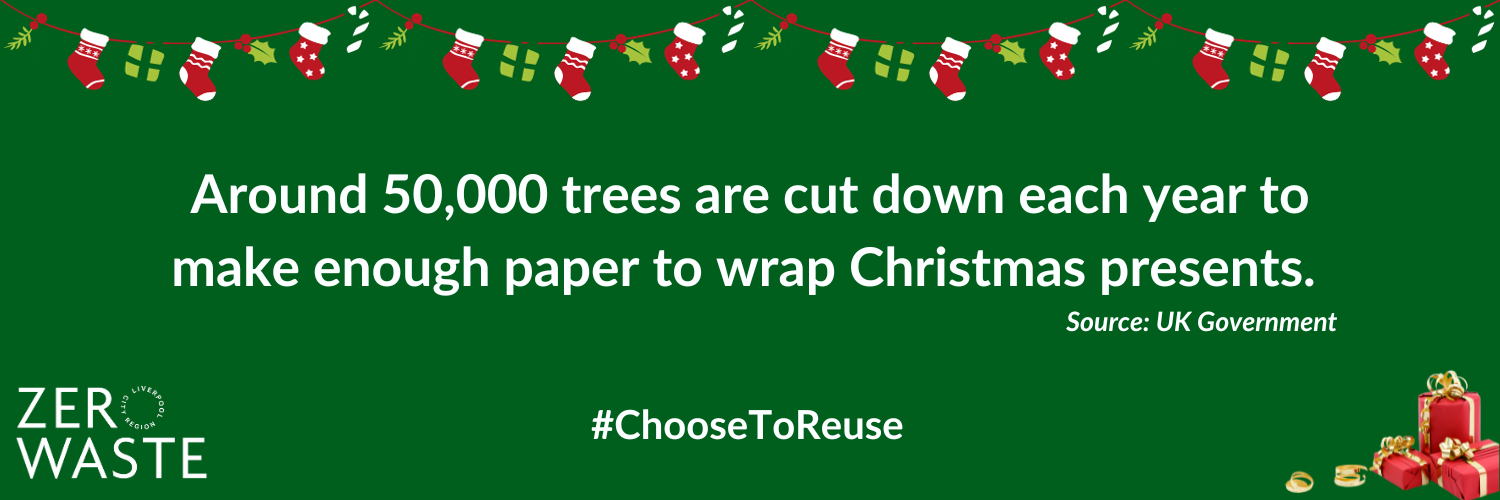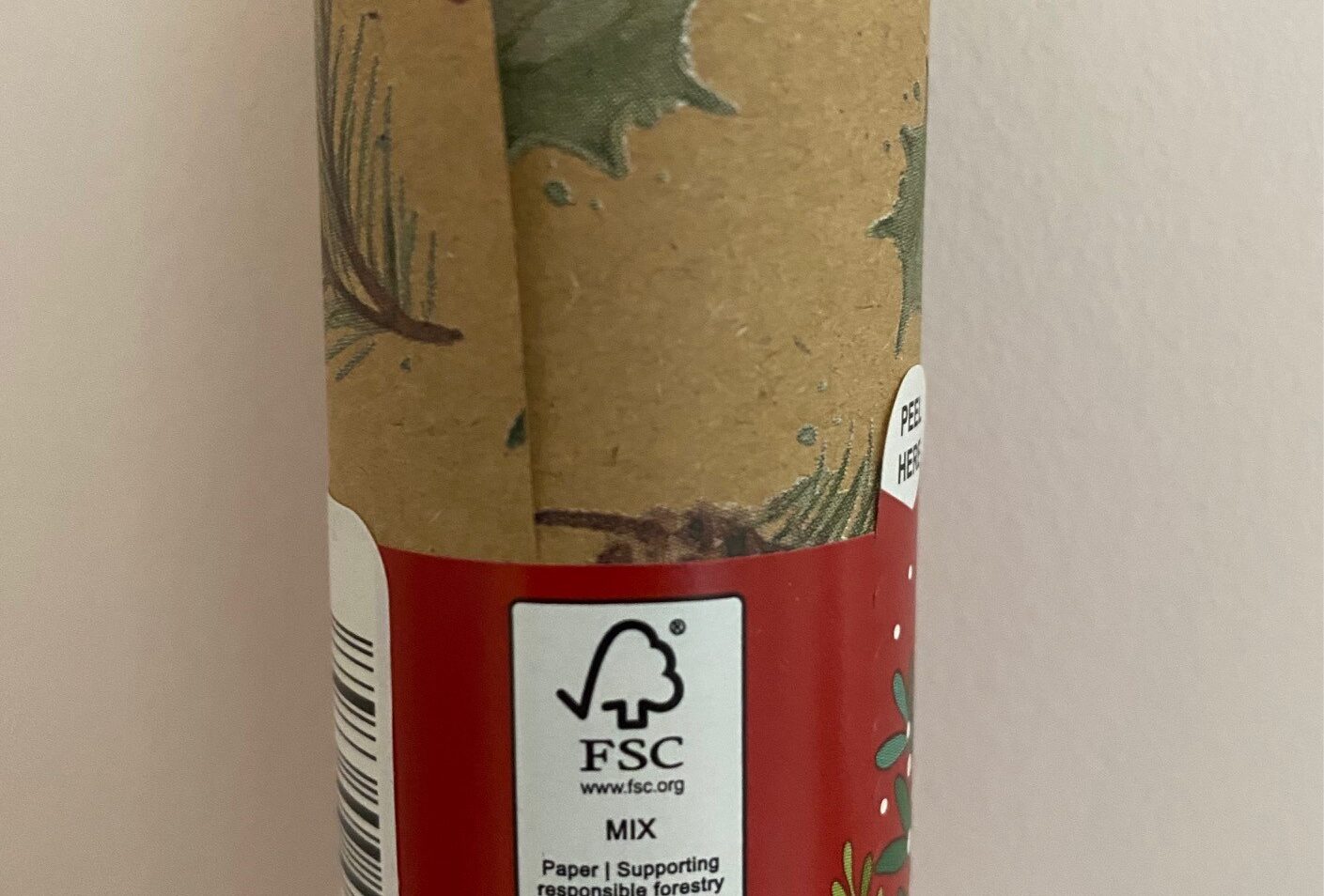
Addressing gift-wrapping habits is such a simple and effective way to be more environmentally savvy at Christmas time.
Our #ChooseToReuse Gift Wrap edition provides advice on sustainable choices we can make when wrapping gifts this year…
Switch to Kraft paper
Making the switch to Kraft paper (brown recycling paper) will not only save heaps of wrapping paper going into the residual waste, but it also offers scope to get creative…
A touch of creativity could be as simple as including some string or festive fabric to bound the gift.
If that still seems a little understated, then adding festive stamps and old Christmas decorations are great ways of enhancing your brown recycling paper gift wrap.
Why switch to Kraft paper?
We recommend switching to Kraft paper on the basis that most decorative Christmas gift wrap contains plastics and glitters – meaning that they are not recyclable!
Some Kraft paper does come readily decorated with Christmas patterns and motifs, so it’s always worth keeping an eye out in store or searching online.
Know your Recycle Rights
So, now we know what paper is best to go for in terms of boosting our sustainability efforts, equally as handy to know is how to discard of the gift wrap that we receive…
If it’s Kraft paper, then you’d think it would just be case of placing straight into your home recycling – however, an important thing to note is that all sticky tape and decorations must be removed before making this step. If sticky tape and decorations aren’t removed, then this will contaminate your recycling (which essentially means materials will needlessly go to waste).
How can I tell if gift wrap is recyclable?

The simplest way to determine if gift wrap is recyclable is to look out for the FSC (Forest Stewardship Council) logo (pictured above).
However, you can also do the scrunch test:
- Take some wrapping paper and scrunch it in your hand.
- If it springs back, it has a plastic coating (plastic has a memory and that’s why it bounces back) and should not be recycled.
- Wrapping that does not spring back is the one you should recycle, as it is purely paper.
Plan ahead to ensure you’re discarding of your gift wrap properly
We all recognise the scene of the black bin bag in the middle of the room, stuffed as fat as Santa’s sack with ripped wrapping paper!
Instead of putting all the paper into one bin bag, use two – one for recycling and one for waste. This method is a smart way of recycling the right gift wrap and preventing unnecessary waste. Just be sure to remove the recyclable gift wrap from the bag before placing into your recycling collection!
More eco-friendly gift wrapping ideas
There are other sustainable ways of wrapping gifts which will look great under the tree and help you reduce waste this Christmas! See some suggestions below…
- Reuse gift wrap: If you don’t already do this, then start saving for next year. Unwrapping presents carefully, neatly folding the paper and then storing for next year is a great way of saving your money… And the planet!
- Use newspapers or magazines: If you’re really smart with this method, you can wrap gifts in a way which features images of your loved ones’ favourite celebrities, or pictures relating to their hobbies! This magazine gift wrapping tutorial on Brit + Co Guides not only shows you how it’s done, but also how good it looks!
- Use Christmas scarves to wrap your gifts: The great thing about this idea is that using Christmas scarves (or any other scarves or fabrics for that matter) as ‘gift wrap’ forms part of the gift, and they can be reused over and over again! There is a Japanese technique called Furoshiki which is basically a much easier form of origami that uses fabric instead of paper. There are tons of tutorials online which can help you learn Furoshiki – here are a couple from Pointful Things to get you started…
This blog forms part of our #ChooseToReuse series, originally publicised in 2023. All external links, statistics and advice have been checked and, where necessary, updated. Please note, with the exception of MRWA-published documents, external links featured within this article are not officially endorsed by MRWA and are for reference and information purposes only. All external linked features and the information contained within them may be subject to change.


